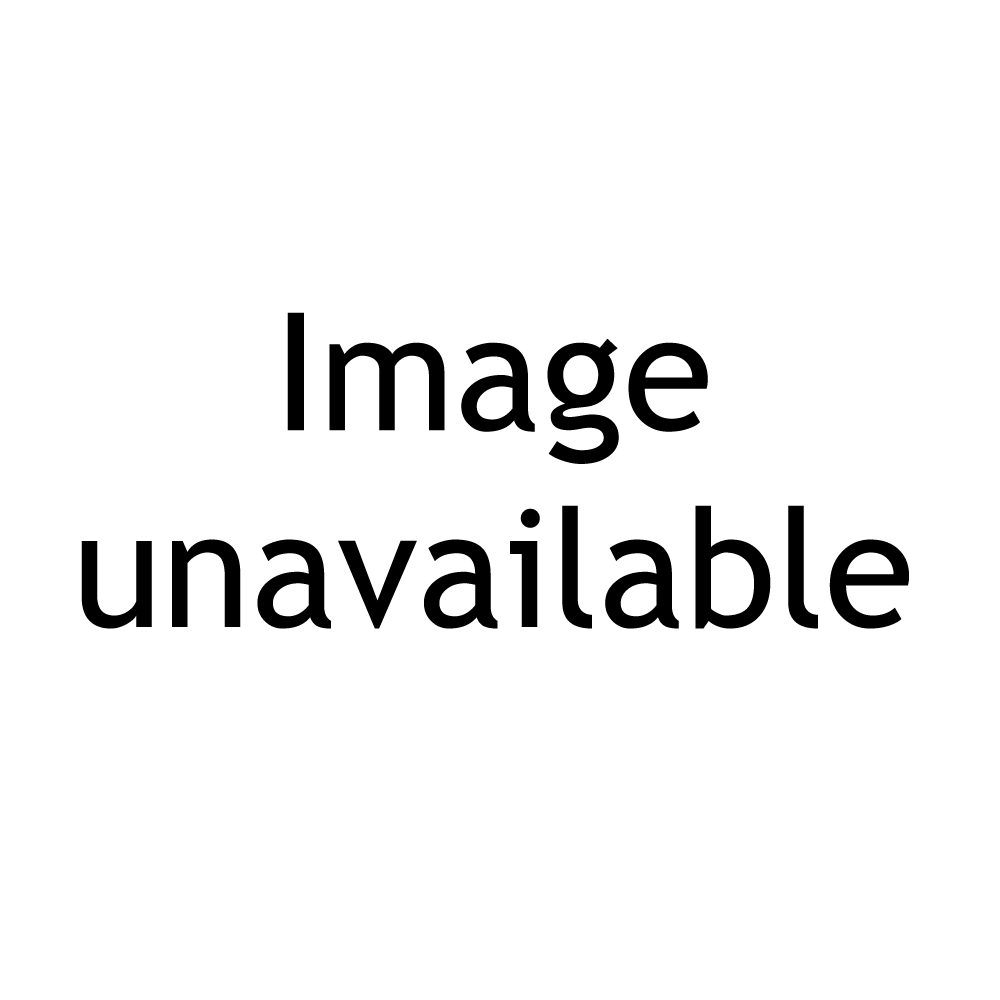|
|
Subtidal encrusting algaeShort descriptionSubtidal encrusting algae growing in a sheet-like form or forming concretions as gravel on unconsolidated substrates. Disclaimer: Ecosystem type descriptions are based on biophysical attributes identified in Central Queensland through expert advice and supported by scientific literature. Not all ecosystem types are mapped based on current inventory, and many of the ecosystems described here may also occur in other parts of Queensland.
Classification categoriesSelect from the links below to view related ecosystem type categories Long descriptionSubtidal encrusting algae growing in a sheet-like form attached to the substrate on either consolidated (e.g. crustose coralline algae - CCA) or unconsolidated substrate, or forming their own free-living concretions as gravel on unconsolidated substrates (Rhodoliths). Crustose coralline algae are crustose plants that grow as hard crust, appearing as a coloured layer on the substrate rather than with a typical plant-like growth form. These algae grow on coral reef substrates and CCA can produce calcium carbonate (limestone) which helps to cement reef frameworks especially on reef crests[1]. Rhodoliths are loose-lying non-jointed coralline red algae (non-geniculate coralline red algae, NCA) which are vast carbonate factories that occur in unconsolidated substrates. They form pebbles or gravel composed of encrusting carbonate (known in Europe as ‘maerl’) across unconsolidated substrates and can occur in shallow water or deep water. Taxa include Hydrolithon, Lithophyllum, Lithothamnion, Mesophyllum and Spongites. Rhodoliths can co-occur with macroalgae and seagrasses where they appear as understorey[2]. Special valuesCrustose coralline algae is an important precursor coloniser of substrate which induces coral settlement. This type and type 54 contribute to calcium deposition on the sea floor, to consolidated and unconsolidated substrates, respectively. Rhodoliths are carbonate fixers which provide a consolidated substrate for the attachment of other biota, and may be very long lived over thousands of years. Diagnostic attributesInundation 'Subtidal' Structural macrobiota 'Algae – encrusting (including CCA)' QualifiersRhodolith beds in particular are vulnerable to trawling and to dredging, in which case the Naturalness qualifier would apply to Sediment texture[2]. DistributionCrustose coralline algae is commonly found on coral reef substrates and also on rocky shores. Rhodolith beds are known to occur in mesophotic ecosystems (greater than 75 metres) but their extent is poorly known in Queensland. See the live map (see Additional Information) for reports of rhodolith beds. The following relates to distribution of this ecosystem type within the Central Queensland mapping area:
CommentsRelevant additional attributes include Energy magnitude (wave) for certain algal communities such as those on offshore reef crests (e.g. the genera Porolithon, Neogoniolithon, Lithophyllum) [1]. Rhodoliths move and may be propelled by wave and current energy sources. Sediment texture is relevant to rhodolith beds. Additional InformationRhodolith distribution in Australia - Dr Adela Harvey Saltmarshes, seagrasses and algae - Queensland Department of Primary Industries References
Last updated: 22 July 2019 This page should be cited as: Department of Environment, Science and Innovation, Queensland (2019) Subtidal encrusting algae, WetlandInfo website, accessed 8 May 2025. Available at: https://wetlandinfo.des.qld.gov.au/wetlands/ecology/aquatic-ecosystems-natural/estuarine-marine/descriptions/58/ |

 — Department of the Environment, Tourism, Science and Innovation
— Department of the Environment, Tourism, Science and Innovation


